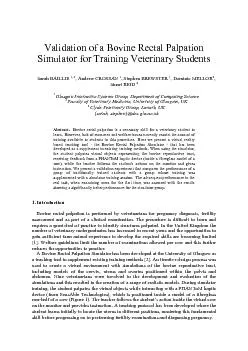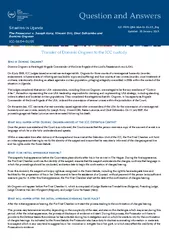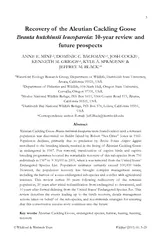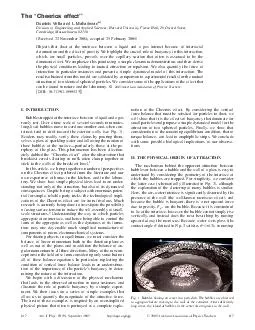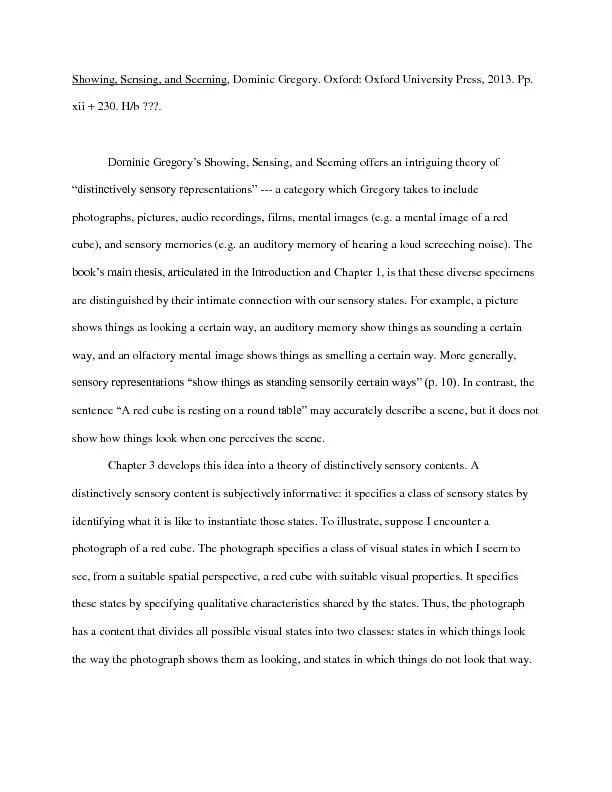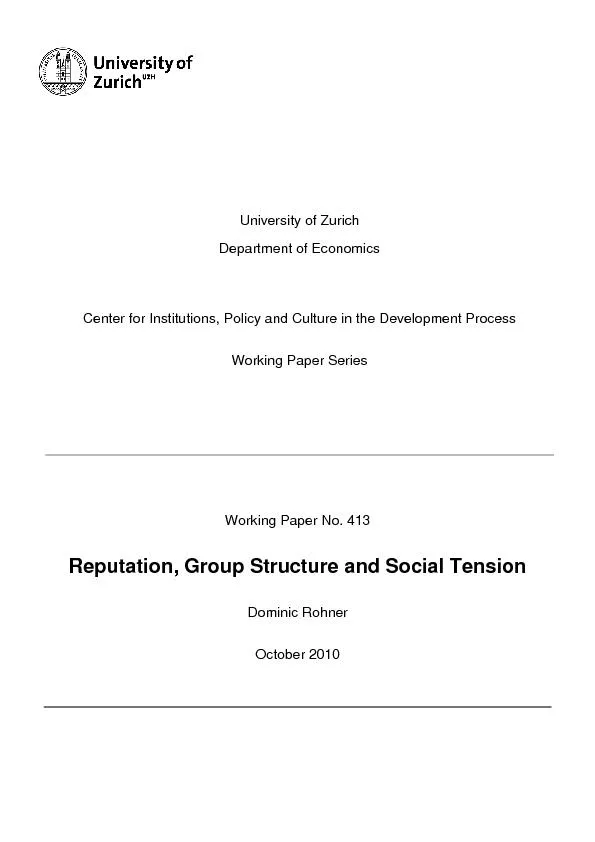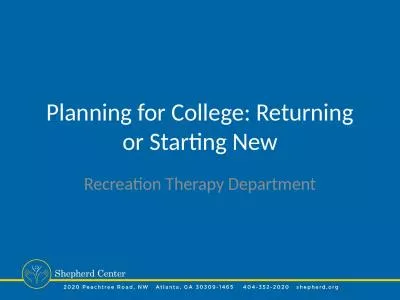PDF-, Dominic MELLORStuart REID
Author : test | Published Date : 2015-09-19
Figure 1 Simulator training The teacher provides instruction while the student palpates virtual models of the bovine reproductive tract inside the fibreglass cow
Presentation Embed Code
Download Presentation
Download Presentation The PPT/PDF document ", Dominic MELLORStuart REID" is the property of its rightful owner. Permission is granted to download and print the materials on this website for personal, non-commercial use only, and to display it on your personal computer provided you do not modify the materials and that you retain all copyright notices contained in the materials. By downloading content from our website, you accept the terms of this agreement.
, Dominic MELLORStuart REID: Transcript
Download Rules Of Document
", Dominic MELLORStuart REID"The content belongs to its owner. You may download and print it for personal use, without modification, and keep all copyright notices. By downloading, you agree to these terms.
Related Documents

